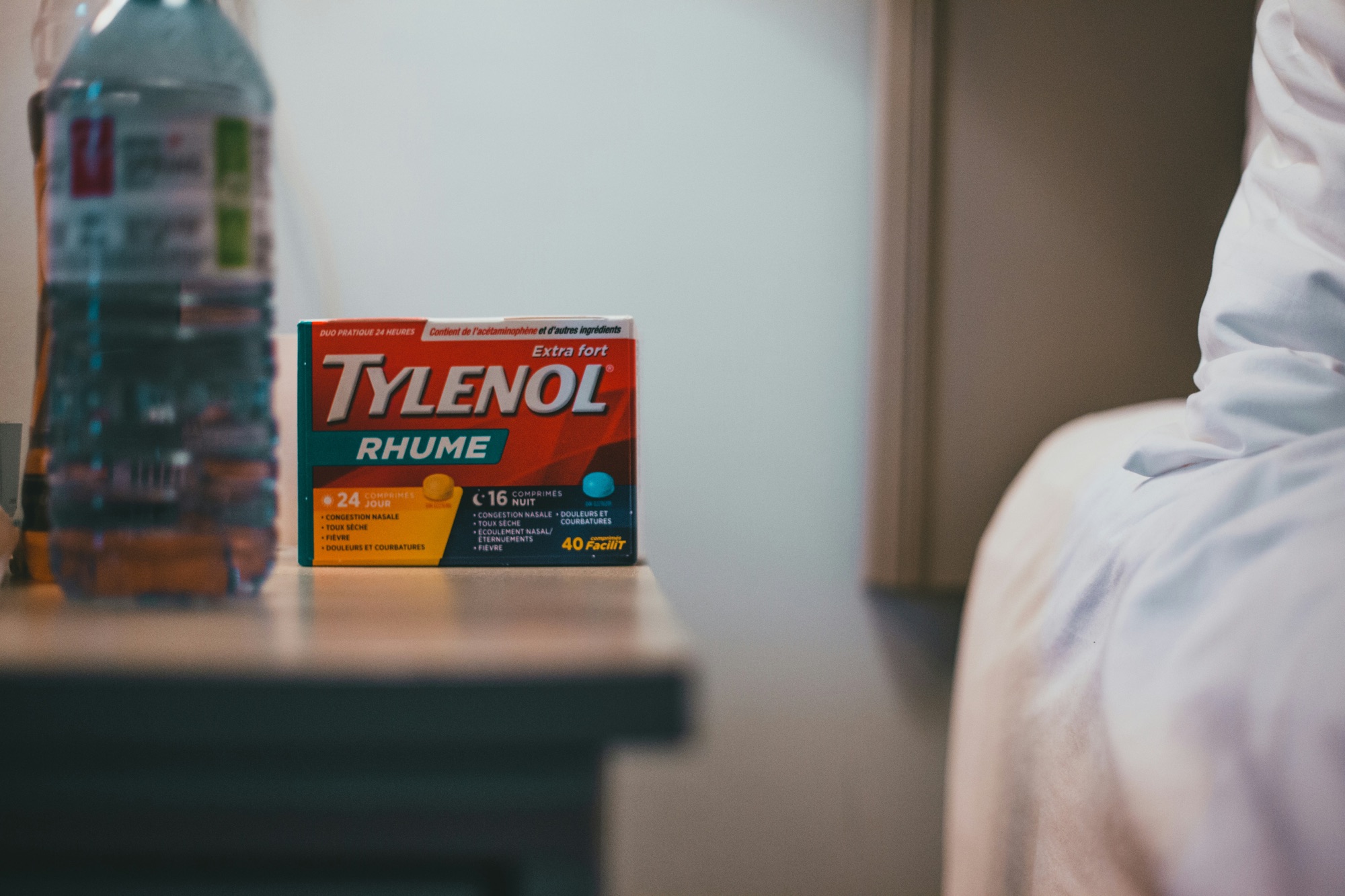Erythromelalgia is a rare but debilitating vascular condition characterized by episodes of intense burning pain, redness, and warmth, typically affecting the feet and hands. These symptoms are often triggered by warmth, exercise, or pressure on the affected areas, making daily activities challenging. While the exact cause of erythromelalgia remains unknown, it’s thought to result from abnormal functioning of the small blood vessels, leading to episodes of excessive blood flow and inflammation. Traditional treatment options, such as pain relievers, topical anesthetics, and medications to manage blood flow, are often prescribed, but certain natural remedies may provide additional relief for managing symptoms and enhancing quality of life.
This article explores 13 natural remedies that may help individuals with erythromelalgia. These remedies focus on reducing inflammation, promoting vascular health, and supporting nerve function. It’s essential to consult a healthcare provider before trying any new remedies, especially for individuals managing chronic conditions like erythromelalgia.
1. Cold Compresses and Soaks
One of the simplest and most effective remedies for managing erythromelalgia symptoms is the use of cold compresses or cool foot and hand soaks. Cooling the affected areas can quickly reduce the sensation of burning and provide relief from pain. Cold helps to constrict blood vessels, reducing the excessive blood flow that causes the painful, burning sensation in erythromelalgia. Soaking the hands or feet in cool (not ice-cold) water for a few minutes can bring immediate comfort.
It’s essential to avoid excessively cold temperatures, as they can lead to rebound dilation of blood vessels, worsening the symptoms afterward. Individuals should aim for cool, comfortable water and limit the soak to short periods to avoid skin damage. Cold compresses with a damp washcloth or cool gel packs can also be used and applied directly to the skin for localized relief.
2. Aloe Vera Gel
Aloe vera is well-known for its cooling and anti-inflammatory properties, which can be particularly soothing for skin conditions characterized by burning and redness. Applying pure aloe vera gel to the affected areas can help calm the skin, reduce redness, and alleviate pain. Aloe vera also has moisturizing properties, which are beneficial as repeated cooling treatments or cold soaks can sometimes dry out the skin.
Aloe vera can be used directly from the plant or as an over-the-counter gel. It’s important to ensure that the product is pure aloe without added alcohol or chemicals, which can irritate the skin. Applying a thin layer of aloe vera gel several times a day can provide cooling relief and soothe inflammation.
3. Turmeric and Curcumin Supplements
Turmeric and its active compound, curcumin, are natural anti-inflammatory agents that can help reduce the inflammation associated with erythromelalgia. Curcumin inhibits inflammatory pathways in the body, potentially lowering the frequency and severity of flare-ups. Reducing inflammation may help alleviate the redness, swelling, and burning sensations that accompany erythromelalgia.
Curcumin is most effective when taken in supplement form with black pepper, which enhances absorption. Including turmeric in the diet or taking curcumin supplements daily can provide ongoing anti-inflammatory benefits. However, it’s essential to consult a healthcare provider before starting curcumin supplements, as they may interact with certain medications, including blood thinners.
4. Omega-3 Fatty Acids
Omega-3 fatty acids are renowned for their anti-inflammatory properties and their role in promoting vascular health. Omega-3s help improve blood flow and reduce the inflammatory response, which may ease the symptoms of erythromelalgia. These fatty acids also support the health of the blood vessel lining, potentially reducing the abnormal blood flow patterns seen in erythromelalgia.
Good dietary sources of omega-3s include fatty fish (like salmon, mackerel, and sardines), chia seeds, flaxseeds, and walnuts. Alternatively, fish oil or algae oil supplements can be taken to ensure an adequate intake. Including omega-3s in the diet or supplementing daily may provide a natural way to reduce inflammation and improve vascular function, which can help alleviate some erythromelalgia symptoms.
5. Ginger
Ginger is another natural anti-inflammatory herb with properties that may benefit those with erythromelalgia. Its active compounds, gingerol and shogaol, have been shown to reduce inflammation and improve blood circulation. Improved circulation may help mitigate the pooling of blood in affected areas, reducing redness, swelling, and discomfort.
Ginger can be consumed as a tea, added to meals, or taken as a supplement. Drinking ginger tea daily or adding fresh ginger to smoothies or dishes may provide steady anti-inflammatory support. Additionally, ginger aids digestion and has antioxidant properties, which support overall health. For those with erythromelalgia, ginger’s vascular benefits may contribute to symptom management and overall comfort.
6. Magnesium
Magnesium plays a vital role in muscle and nerve function, as well as vascular health, making it a beneficial supplement for individuals with erythromelalgia. Magnesium helps relax blood vessels and regulate blood flow, which may help reduce the episodes of excessive blood flow that cause burning pain in erythromelalgia. Magnesium deficiency can worsen muscle cramps and pain, so ensuring adequate intake may alleviate some discomfort.
Magnesium is found in foods such as leafy greens, nuts, seeds, and whole grains. For those needing higher doses, magnesium supplements or topical magnesium (like magnesium oil) can be helpful. Additionally, Epsom salt baths, which contain magnesium sulfate, provide a way to absorb magnesium through the skin while cooling and relaxing the affected areas.
7. Ginkgo Biloba
Ginkgo biloba is an herb known for improving blood flow and acting as an antioxidant. For individuals with erythromelalgia, ginkgo biloba may help regulate blood circulation, reducing the episodes of heat and redness in the extremities. Enhanced blood flow can prevent blood from pooling in the affected areas, potentially reducing the sensation of burning pain.
Ginkgo biloba is available as a supplement and can be taken daily, but it’s important to consult a healthcare provider before use, particularly if you are on blood-thinning medications. With its ability to improve circulation, ginkgo biloba may provide a natural remedy for some of the vascular symptoms associated with erythromelalgia.
8. Vitamin C
Vitamin C is a powerful antioxidant that supports blood vessel health and reduces inflammation. For individuals with erythromelalgia, maintaining healthy blood vessels may help regulate blood flow and prevent excessive dilation of blood vessels that leads to burning and redness. Vitamin C also strengthens capillaries, reducing the fragility that can exacerbate pain and redness.
Rich sources of vitamin C include citrus fruits, berries, kiwi, bell peppers, and leafy greens. Taking a vitamin C supplement can ensure consistent levels, especially if dietary intake is insufficient. Regular vitamin C intake supports vascular health and immune function, both of which are beneficial for managing erythromelalgia symptoms.
9. Evening Primrose Oil
Evening primrose oil contains gamma-linolenic acid (GLA), an omega-6 fatty acid with anti-inflammatory properties. GLA has been shown to improve blood flow and reduce inflammation, making it helpful for managing conditions characterized by vascular inflammation, like erythromelalgia. Regular use of evening primrose oil may help ease the burning sensation and reduce swelling in the affected areas.
Evening primrose oil is available in supplement form and can be taken daily, but it’s essential to consult a healthcare provider regarding dosage. In addition to vascular benefits, evening primrose oil supports skin health, which can help soothe the skin that may become irritated or dry due to frequent cooling treatments.
10. Chamomile Tea
Chamomile tea is widely recognized for its calming effects, but it also has anti-inflammatory and mild vasodilatory properties that may benefit individuals with erythromelalgia. Chamomile can help reduce stress, which is known to exacerbate symptoms in many individuals. It also contains anti-inflammatory compounds that may provide gentle relief from the burning and redness associated with erythromelalgia.
Drinking chamomile tea regularly, especially before bedtime, can help promote relaxation, reduce stress, and support restful sleep, which is essential for managing chronic conditions. Chamomile’s soothing effects on the nerves and blood vessels may contribute to an overall reduction in symptom severity and improve quality of life.
11. Lavender Essential Oil
Lavender essential oil is commonly used for its calming and pain-relieving properties. For individuals with erythromelalgia, diluted lavender oil applied to affected areas may help relieve pain and reduce discomfort. Lavender oil has natural anti-inflammatory and analgesic properties that can provide a cooling sensation, helping to ease the burning sensation in the feet and hands.
To use lavender oil, dilute it with a carrier oil (like coconut or almond oil) and apply a small amount to the affected area. It can also be added to a cool bath for whole-body relaxation and relief. Lavender oil’s calming scent may also help reduce stress and anxiety, which can positively impact symptom management in erythromelalgia.
12. Hydration
Staying well-hydrated is essential for maintaining proper blood flow and supporting vascular health. Dehydration can worsen symptoms in conditions involving blood flow abnormalities, as it can make blood thicker and reduce circulation efficiency. Proper hydration supports the body’s natural processes and may help reduce the frequency and severity of erythromelalgia episodes.
Drinking water consistently throughout the day and avoiding caffeine and alcohol, which can cause dehydration, are effective ways to support hydration. For added benefits, some individuals find that infusing water with cucumber, mint, or citrus can encourage them to drink more. Ensuring adequate hydration can support blood flow regulation and may contribute to symptom relief.
13. Meditation and Deep Breathing Exercises
Meditation and deep breathing exercises are natural methods for managing stress, which can worsen erythromelalgia symptoms. High-stress levels can lead to blood vessel dilation, intensifying the redness, heat, and burning pain. Practicing deep breathing and meditation can help calm the mind, reduce stress, and prevent symptom flare-ups.
Incorporating mindfulness practices into daily routines can promote relaxation and provide a mental tool for managing pain. Guided meditation, progressive muscle relaxation, and focused breathing exercises can help individuals cope with the discomfort and maintain a positive outlook. Regular practice of these techniques may reduce the impact of stress on the body, helping to prevent symptom exacerbation.
While these natural remedies cannot cure erythromelalgia, they may offer supportive relief and enhance quality of life by addressing inflammation, improving circulation, and promoting relaxation. Incorporating a variety of these remedies can help manage symptoms and provide comfort, but it’s essential to work with a healthcare provider to ensure these treatments align with your overall care plan.





